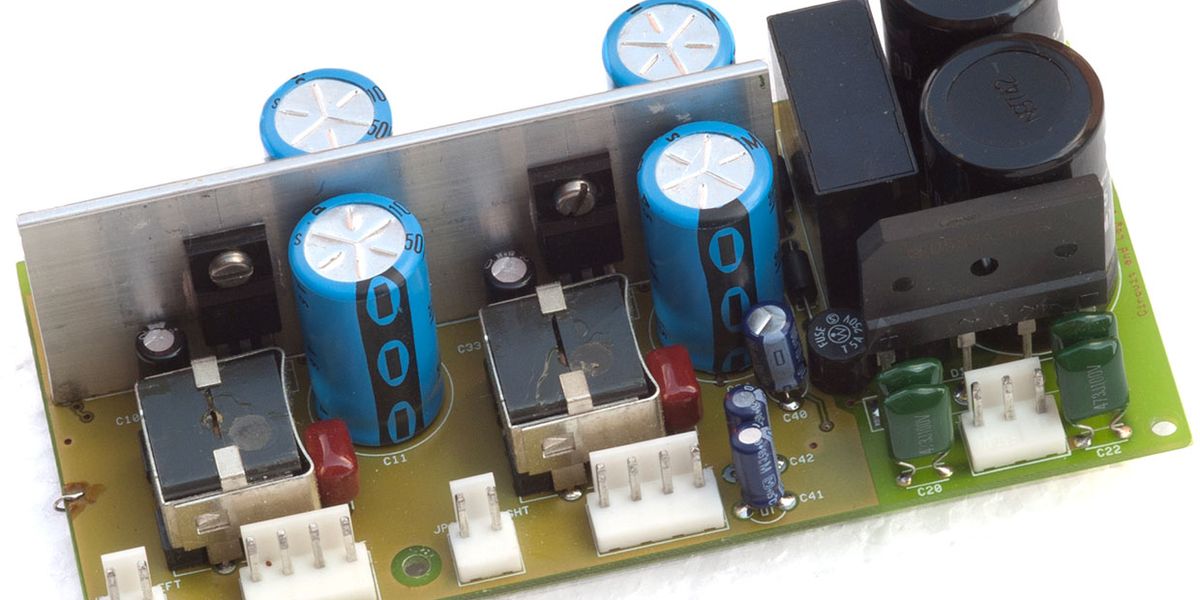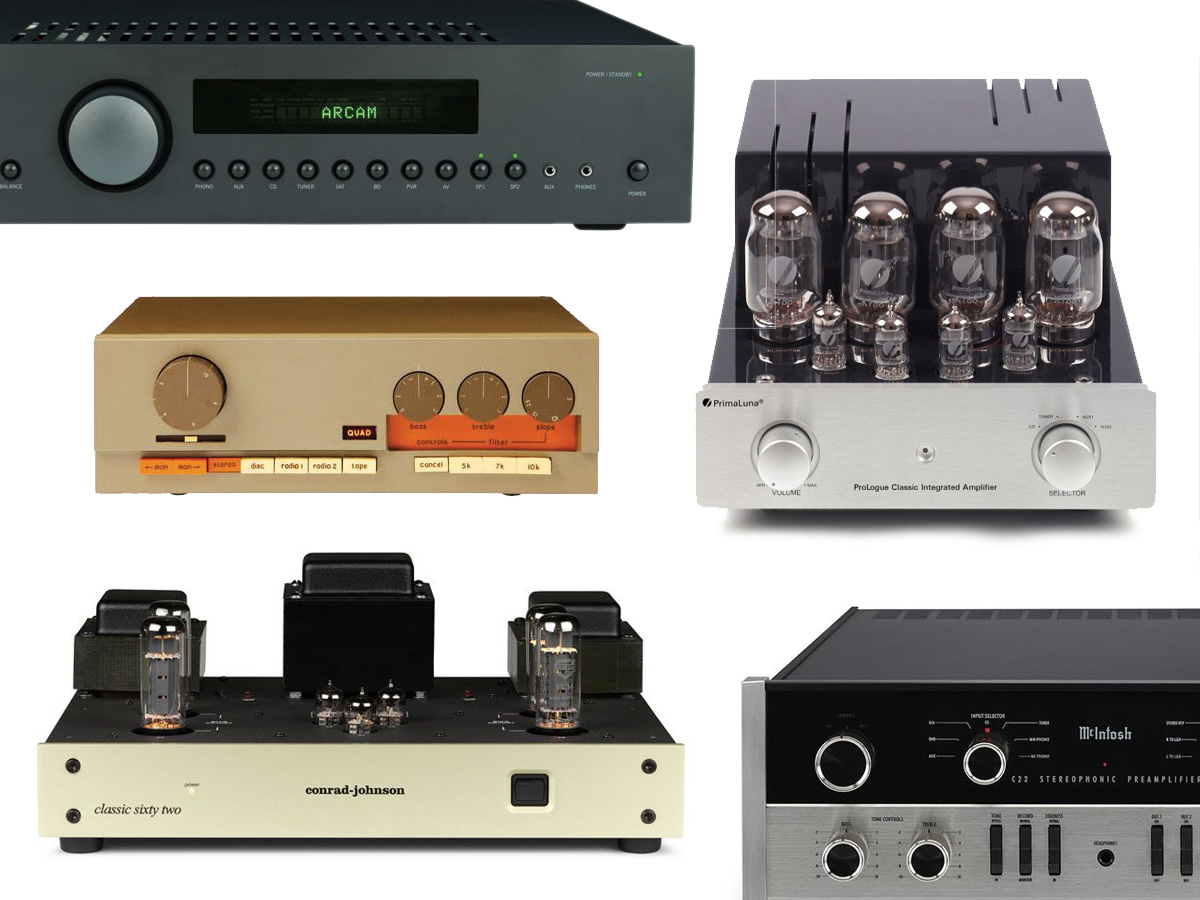boomtheroom
Member
- Joined
- May 14, 2022
- Messages
- 74
- Likes
- 12
Hi all
Iv always been under the impression that class A AB amplifiers sounded better than class D , however less powerful at same cost etc..
Now days with modules like the purifi , some say the class D exceeds the latter classes... in what respect are we talking, and how does this relate to
sound , detail , low background noise , channel separation, and imaging...
Ive heard the terminology Grainy withe older class d amps.. is this now changed?
thankss!
Iv always been under the impression that class A AB amplifiers sounded better than class D , however less powerful at same cost etc..
Now days with modules like the purifi , some say the class D exceeds the latter classes... in what respect are we talking, and how does this relate to
sound , detail , low background noise , channel separation, and imaging...
Ive heard the terminology Grainy withe older class d amps.. is this now changed?
thankss!





